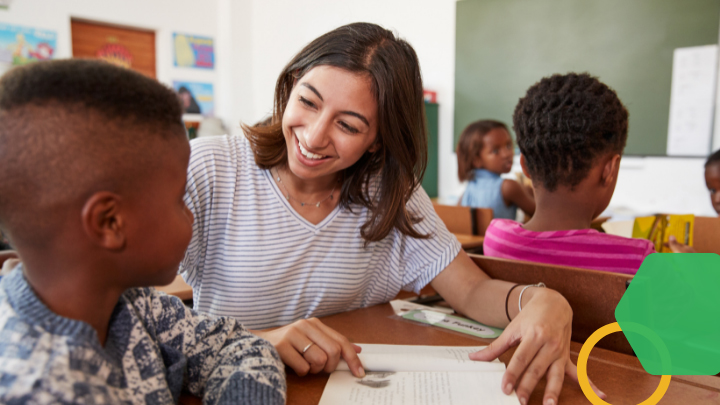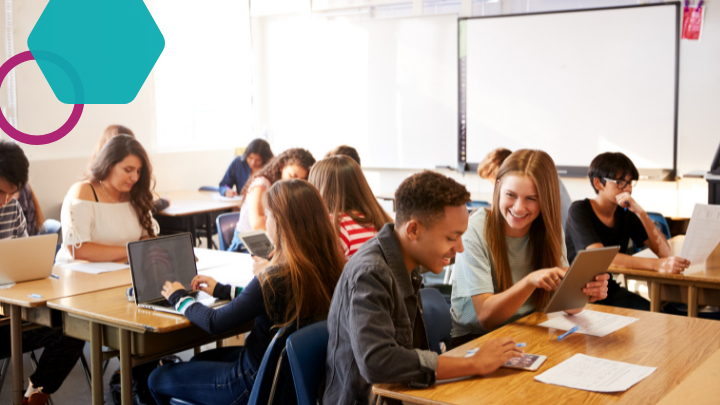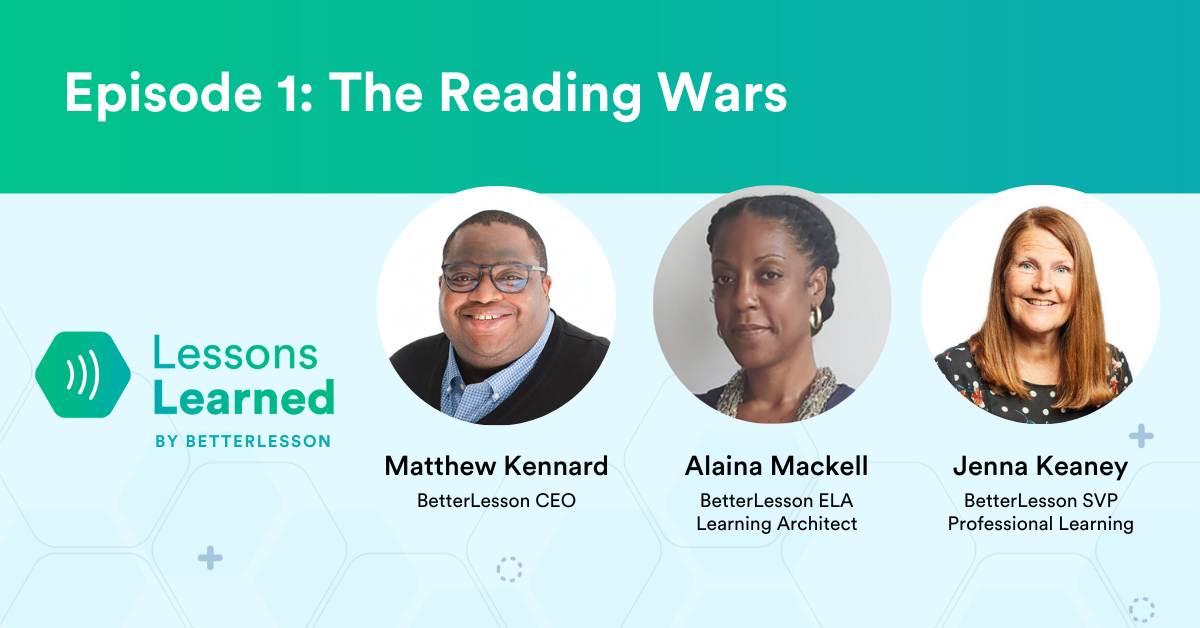This is the third blog in our Newsela student-centered literacy blog series. You can find the previous installment here and the subsequent installment here.
James Britton, a British educator, stated that “reading and writing float on a sea of talk.”
While this is true for all learners, students who are Limited English Proficient especially benefit from this philosophy coming to life in the literacy classroom. English language learners may struggle with confidence and positive self-image, especially when they’re surrounded by classmates who have mastered the language. To make matters worse, reading and writing tasks can be daunting for English language learners who do not have the requisite language skills and cultural capital to make sense of what they’ve been asked.
When students are given time to have academic discussions about their reading and writing, they’re able to process at a deeper level, clarify their thinking, acquire language, and form positive relationships with peers, resulting in a greater sense of belonging and increased language skills. However, providing opportunities for English language learners to have academic discussions based on content, such as a Newsela Gallery Walk or Speed Dating with Newsela, can only be successful when they’re scaffolded appropriately for students.
This scaffolding not only increases student confidence in language, but also in their new environment, giving them opportunities to form relationships and context with peers. Some great ways to scaffold English language learners in their language acquisition through discussion-based tasks include:
Modeling
Teachers should not make any assumptions that students know how to complete a task or meet expectations. Instead, teachers should explicitly model and demonstrate the steps to a process or task. Teachers can turn to Modeling a Strategy for Teachers or Students as a guide.
Sentence/Thinking Stems
Teachers should provide frames for student thinking in the form of sentence/thinking stems, which are basically fill-in-the-blank templates for student response. Having a sentence stem readily available for student discussions helps give students confidence and also exposes them to high-frequency vocabulary and correctly structured sentences. Teachers might consider using sentence stems similar to those found in the EL Modification of Speed Dating using Newsela.
Peer Support
It’s very important for language acquisition and for assimilation into American culture that students feel welcomed into a group. Teachers should embed peer support or coaching strategies to structure positive interactions for English language learners with their peers. Similarly, this supports a Culturally Responsive classroom for all students. Peer Geniuses using Newsela is a great way to structure peer support and provide English language learners a chance to interact with peers as an “expert” on a topic.
High-Interest, Appropriately-Leveled Reading Material
Newsela is an excellent resource for high-interest, leveled reading material. Teachers can assign articles to students at their independent reading level, and students can search the library for articles that appeal to their interests and experiences. Teachers might consider creating Classroom Text Sets and using A Mile in Our Shoes Text Sets to meet the needs of their English language learners.
A Cue-Rich Environment
For English language students, it is very important that teachers flood the classroom with comprehensible input, like visual cues and gestures, that will create a cue-rich environment to support students’ language acquisition. This may sound like a daunting task, but there are many low-stakes steps that teachers can take to begin making a more cue-rich classroom. For example:
- Teachers can label key features of the room and supply locations, using words and images.
- Teachers can post anchor charts around the room as visual reminders of content, processes, etc.
- Teachers can employ repeated practice to reinforce automaticity of processes and give extra rehearsal, leading to mastery of new language.
- Teachers can support instruction using hand gestures. This provides a visual cue for language, and helps students to contextualize their learning. Whole Brain Teaching research reinforces that gestures during instruction help support student understanding.
Once a cue-rich environment has been established, teachers need to focus on purpose and structure to student discussions about their reading and writing. This helps focus English language learners and frame their thinking, and yields positive results.
As educators, we must always strive to ensure an inclusive environment for ALL students; one where students feel honored and supported with a focus on results. Implementing strategies to support English language learners is one concrete way teachers can actuate this goal. To learn more about supporting English language students, especially with the use of Newsela, visit the Newsela Learning Domain here.







